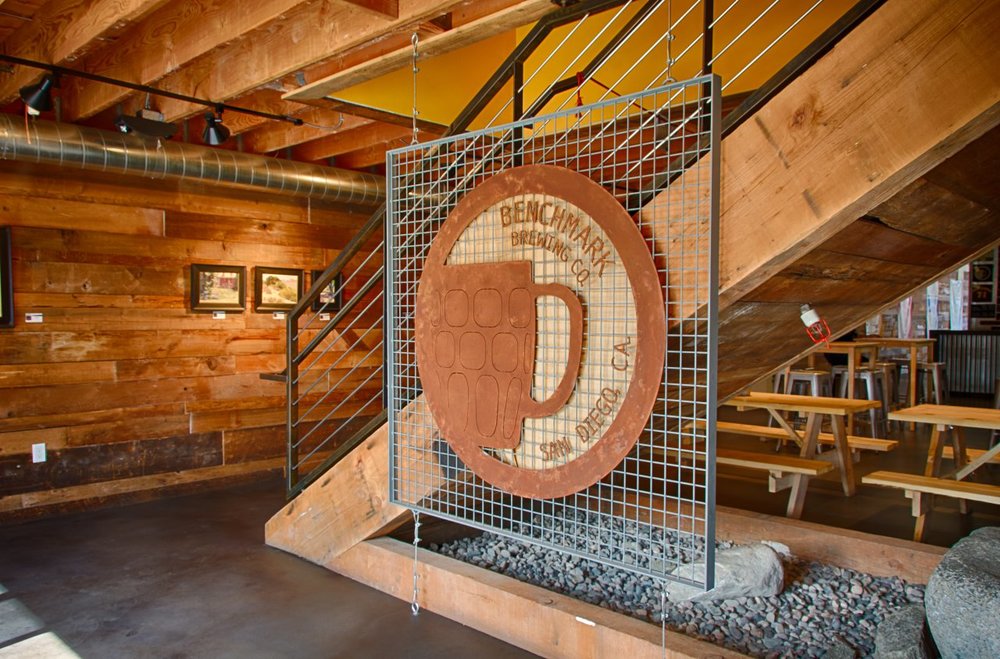#MythbusterMonday - May 2017 Myths Busted
/We begin each week using our online voice to debunk myths about hunger. Our #MythbusterMonday social media series dispels misinformation and stigma commonly associated with food assistance programs like CalFresh/SNAP and school meals and the people who rely on them to help put food on the table.
What hunger myths have you heard? Join us in sharing the truth about hunger each Monday using #MythbusterMonday.
May was CalFresh Awareness Month so we dedicated each Monday to busting a myth related to CalFresh (also known as SNAP or Food Stamps) and the different people who depend on this program to get ahead in a time of need.
May 1
The first Monday of the month we take a look back at the myths busted the previous month. Check out the myths we busted in April 2017 here.
May 8
From May 8-12 we held our annual #CalFreshChallenge. Each year we challenge people who don't have to worry about having enough food to live on the average daily CalFresh/SNAP benefit per person in San Diego County which is now $4.18/day. We dedicated our social media posts this week to sharing about the #CalFreshChallenge and the valuable new appreciation gained from this lived experience. Click to see what people had to say about the #CalFreshChallenge on Facebook and Twitter.
May 15
#MythbusterMonday "Homeless people aren't eligible for CalFresh/SNAP benefits because they don't have a permanent address." False! "You can qualify for benefits if you don't have an address or if you live at a shelter." Click here and see #1 to learn more.
May 22
#MythbusterMonday "There is no hunger in the military." False! According to MAZON: A Jewish Response to Hunger every Marine and Naval base in the county (and possibly the Army and Air Force too) allow charities to host regular food distributions on base to help struggling active duty military families. Click here and see #5 to learn more, then sign our petition to tell Congress hunger among military families is unacceptable!
May 29
#MythbusterMonday "Being hungry is just part of the post-adolescent college experience." False! Hunger on campus is a real problem. According to Feeding America 1 in 10 of the adults they serve are students. CalFresh can help. Click here to learn more.




























